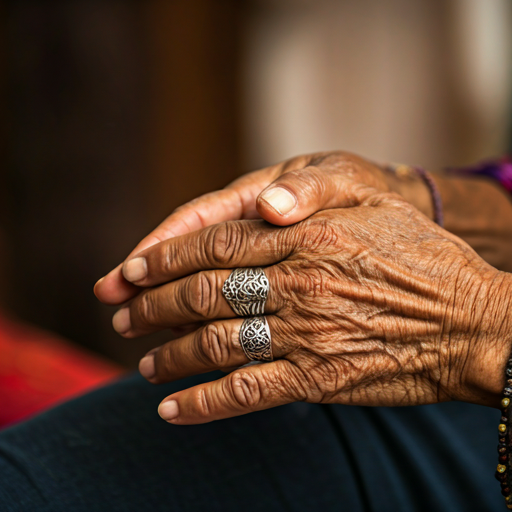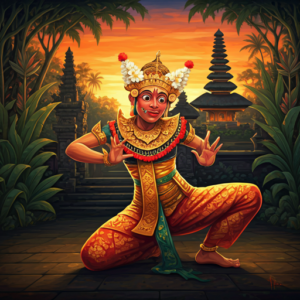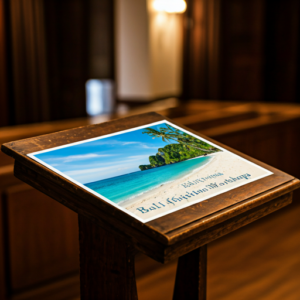In every corner of the world, across countless generations, traditional spiritual healers have served as bridges between the physical and spiritual realms, offering guidance, healing, and wisdom to their communities. These practitioners, known by different names across cultures—shamans, medicine men and women, curanderos, sangomas—have played vital roles in maintaining both individual and communal well-being. Today, as our modern world grapples with questions of holistic health and spiritual connection, these ancient traditions offer fascinating insights into alternative approaches to healing and wellness.
The Role of Traditional Spiritual Healers
At their core, spiritual healers serve as intermediaries between the visible and invisible worlds. Unlike modern medical practitioners who primarily focus on physical symptoms, these healers take a holistic approach, addressing the interconnected nature of body, mind, and spirit. They operate under the belief that illness often stems from spiritual or emotional imbalances, and that true healing must address these deeper roots.
These healers typically undergo extensive training and initiation processes, often lasting many years or even decades. Their education combines practical knowledge of medicinal plants and healing techniques with spiritual practices and cultural wisdom passed down through generations. Many report receiving their calling through dreams, visions, or inherited family traditions.
Diverse Traditions Across Cultures
The practices of spiritual healers vary dramatically across different cultures, each shaped by local traditions, beliefs, and available resources:
In Native American traditions, medicine men and women serve as both spiritual leaders and healers. They utilize sacred ceremonies, including sweat lodges and vision quests, alongside natural remedies derived from local plants. These healers emphasize the importance of maintaining harmony with nature and the spirit world for optimal health.
African traditional healers, known as sangomas in southern Africa, combine divination practices with herbal medicine. They communicate with ancestral spirits to diagnose ailments and determine appropriate treatments. Their practice often involves elaborate ceremonies featuring drumming, dancing, and the burning of sacred herbs.
In Latin American cultures, curanderos blend indigenous healing practices with Catholic elements introduced during colonization. They might use herbs, eggs for spiritual cleansing (limpias), and prayers to saints alongside traditional healing methods.
Asian traditions feature various types of spiritual healers, from Traditional Chinese Medicine practitioners who work with qi (life force energy) to Hindu ayurvedic healers who balance the body’s doshas (energy types). Japanese reiki masters channel universal life energy for healing, while Tibetan Buddhist healers incorporate meditation and mantras into their practice.
Common Elements and Beliefs
Despite their diverse origins, several common threads run through many spiritual healing traditions:
The interconnectedness of all things is a fundamental principle. Spiritual healers often view illness as a manifestation of disharmony between the individual and their environment, community, or spiritual world.
Energy work features prominently in many traditions. Whether called qi, prana, or spirit, most spiritual healers work with subtle energies they believe influence physical and mental health.
Ritual and ceremony play crucial roles in the healing process. These might include cleansing ceremonies, offerings to spirits, or elaborate healing rituals that engage the entire community.
The power of plants is widely recognized. Most traditions incorporate extensive knowledge of local medicinal plants, often combined with spiritual practices in their application.
Modern Relevance and Scientific Interest
While traditional spiritual healing practices were once dismissed by Western medicine as superstition, there’s growing scientific interest in understanding these ancient approaches. Research has begun to examine the potential benefits of various traditional practices:
The use of medicinal plants by traditional healers has led to numerous modern pharmaceutical discoveries. Many widely used medications trace their origins to traditional healing practices.
The ritualistic aspects of spiritual healing may trigger beneficial psychological and physiological responses. Studies have shown that ceremony and ritual can reduce stress, anxiety, and even physical pain through mechanisms like the placebo effect and the release of endorphins.
The community-centered approach of many traditional healing practices offers insights into the importance of social support in health and recovery. Modern healthcare is increasingly recognizing the value of addressing patients‘ social and emotional needs alongside their physical symptoms.
Challenges and Controversies
The practice of traditional spiritual healing faces several contemporary challenges:
Loss of traditional knowledge poses a significant threat. As elderly healers pass away without successfully transmitting their knowledge to younger generations, centuries of accumulated wisdom risk being lost forever.
Exploitation and commercialization of traditional practices have become increasingly problematic. The commodification of sacred ceremonies and healing techniques can lead to their dilution or misuse.
Integration with modern healthcare systems remains complicated. While some countries have made efforts to incorporate traditional healers into their healthcare systems, questions of regulation, safety, and standardization persist.
Cultural appropriation concerns arise when healing practices are adopted outside their traditional contexts without proper understanding or respect for their origins.
The Future of Traditional Spiritual Healing
As we move further into the 21st century, traditional spiritual healing practices face both challenges and opportunities:
Growing interest in holistic and alternative medicine has created new appreciation for traditional healing approaches. Many people are seeking more comprehensive approaches to health that address spiritual and emotional well-being alongside physical symptoms.
Documentation efforts are helping preserve traditional knowledge for future generations. Various organizations work to record and protect healing practices and knowledge of medicinal plants.
Cross-cultural dialogue between traditional healers and modern healthcare practitioners is increasing. This exchange offers opportunities for mutual learning and the development of more integrated approaches to healing.
Conclusion
Traditional spiritual healers represent living links to humanity’s ancient understanding of health, healing, and the interconnected nature of existence. While their practices may seem mysterious or esoteric to modern observers, they offer valuable perspectives on holistic wellness and the importance of addressing spiritual and emotional aspects of health alongside physical symptoms.
As our world grapples with contemporary health challenges and an increasing desire for more comprehensive approaches to wellness, the wisdom of traditional spiritual healers becomes increasingly relevant. Rather than dismissing these ancient practices, we might benefit from seeking to understand them better, learning from their insights while respecting their cultural contexts and spiritual foundations.
The future of healthcare might well lie in finding ways to bridge the gap between ancient wisdom and modern medicine, creating more holistic approaches that honor both scientific understanding and spiritual well-being. Traditional spiritual healers, with their centuries of accumulated knowledge and experience, have much to contribute to this ongoing dialogue about the nature of health, healing, and human flourishing.






